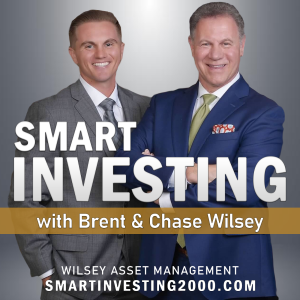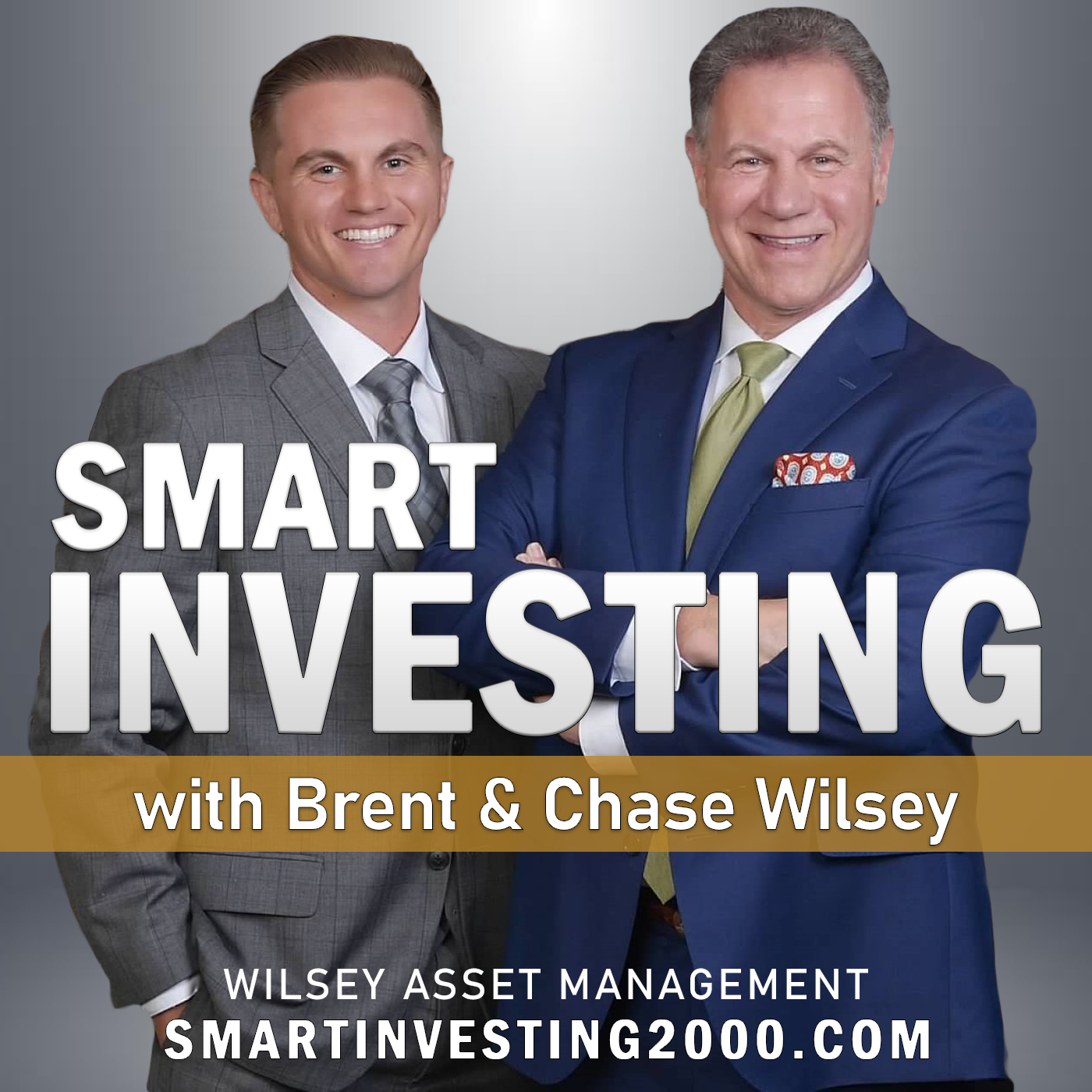Episodes

Friday Sep 20, 2024
Friday Sep 20, 2024
Retail sales shows the consumer is still spending
August retail sales were expected to decline 0.2% in the month, but the consumer was more resilient than anticipated as they actually grew 0.1% compared to the month of July. Compared to last August, retail sales were up 2.1%. Gas stations were the biggest negative in the report as lower prices for oil and gasoline lead to a 6.8% decline compared to the prior year. If this volatile category was excluded from the headline number, retail sales would have climbed by a more impressive 2.9%. Areas of strength included nonstore retailers (+7.8%), healthcare & personal care stores (+3.5%), food services & drinking places (+2.7%), and electronics & appliance stores (+1.9%). Two areas that continued to bring down retail sales were furniture & home furnishing stores (-0.7%) and building material & garden equipment & supplies dealers (-0.1%). While this report doesn’t point to a booming consumer, it definitely doesn’t show an economy that is in recession.
What should investors do after the Fed’s rate cut?
What should investors expect going forward when interest rates decline? Going back 50 years, when the Fed begins its interest rate cuts, 16 out of 23 times 6 months after the first cut the stock market was higher. Could this be like one of those seven times it is not higher six months from now? Investors have to realize that valuations for the market are very high and this could lead investors holding those high valuation equities to sell the news. I do believe if you were a strong investor and have watched what you have paid for the earnings and cash flow of what you have invested in, you should be OK. But if you do hold in your portfolio equities trading at 25 to 35 times forward earnings, this could be a buy the rumor, sell the news situation. At our firm, Wilsey Asset Management, I know our portfolio has an average forward P/E ratio of around 12. I believe this is a very comfortable place to be in this crazy time. I would advise you to analyze your portfolio to be sure it is not overvalued.
Why you should be careful investing in the S&P 500!
People continue to shift towards index investing and have a desire to invest in the S&P 500 index fund because they believe it is a good diversified investment. I continue to worry that people do not realize how risky this index has become with the overconcentration in just a few expensive stocks. The S&P 500 currently has a forward P/E of around 22-23x, which is well above the historical average of around 16-17x. The reason for this elevated figure is the outsized weight of the expensive growth stocks. If you look at the 10 largest stocks, which are Apple, Microsoft, Nvidia, Amazon, Alphabet (Google), Meta (Facebook), Berkshire Hathaway, Eli Lilly, Broadcom, and Tesla they now occupy over 35% of the entire index and their average forward P/E is lofty at nearly 40x. People believe they are getting a diversified portfolio, but Apple (6.86%), Microsoft (6.72%), and Nvidia (6.24%) all have larger weights than the entire sectors of real estate (2%), materials (2%), utilities (2%), energy (4%), and consumer staples (6%). Communication services has a weighting of 9%, but Meta and Alphabet make up a combined 43% of the Communication Services SPDR ETF. Consumer discretionary has a weighting of 10%, but Amazon and Tesla make up over 38% of the Consumer Discretionary SPDR ETF. While the performance of the S&P 500 has been great over the last decade, if the performance of these mega cap stocks turn so will the index. With these expensive valuations, I just don’t see exciting returns over the next decade. I definitely don’t believe they will even be close to what we saw over the last 10 years. Just for reference, the remaining sectors of the S&P 500 are industrials (8%), healthcare (12%), financials (13%), and technology (31%).
How will dividends impact the stock market’s return?
People may not realize that stock dividends historically have accounted for around 40% of the total return in the stock market. However, because of the unbalanced market over the last 10 years, dividends have accounted for just 16% of the total return. I believe over the next decade as markets adjust to more normalcy, dividends should once again play a larger role in the total return and I wouldn’t be surprised to see it return to a similar rate of around 40%. Places you can look for dividends would include real estate investment trusts, utilities, energy, along with financial stocks and healthcare. But as always, when investing, be sure to make sure the investment is not overpriced and is fundamentally strong based on the financial statements.
How Much of a Rate Reduction is Needed to Refinance?
With interest rates coming down, more people are starting to wonder if refinancing makes sense, but how much of an interest rate reduction do you need to be worth it? Half a percent, one percent, more? A lot of people get hung up on the interest rate alone, but you must also factor in the costs associated with getting the loan. When you get a new mortgage there are three types of costs- fees paid to originate the loan like points and underwriting fees, prepaid expenses like interest and homeowner’s insurance, and other 3rd party fees like title and recording fees. When deciding on a refinance, the prepaid fees are irrelevant because they will still be paid whether you refinance or not. That leaves the origination and 3rd party fees as the actual cost it takes to get a new loan. It is important to differentiate the two because mortgage companies often advertise no point or no cost refinances, but they are generally referring to the origination fees. As the borrower you still have to pay the other miscellaneous fees, you just aren’t paying them to the lender. Most people are familiar with points which are upfront fees in exchange for a lower interest rate. Over time the interest savings makes up for the points but only if you keep the same loan. You would not want to pay points if you expect to refinance again or sell in the foreseeable future. Since most people agree that interest rates are at least slightly coming down, most borrowers should not be paying points as there will likely be an opportunity to refinance at a lower rate. Instead of paying points, you can do the opposite and accept a higher interest rate in exchange for “lender credits”. These credits can then be used to pay the fees which results in a true “no-cost” refinance. Consider a situation where you have a mortgage at 7% and the ability to refinance into a 6% loan but at a cost of $15,000 in fees. Instead, it would likely make sense to refinance into a higher 6.5% loan using credits to cover the cost and then refinance again in 6 months assuming rates will be lower. In other words, you wouldn’t want to spend an extra $15,000 to save $1,500 in interest over the next 6 months. With this logic, even the smallest rate reduction at no cost would still make sense.
Companies Discussed: Nike Inc. (NKE), Snap Inc. (SNAP) & Lululemon Athletica Inc (LULU)
Version: 20241125


No comments yet. Be the first to say something!